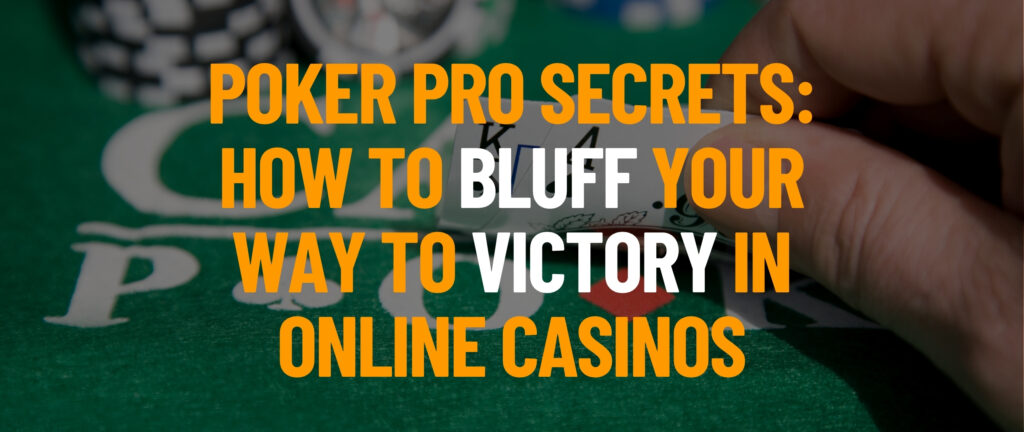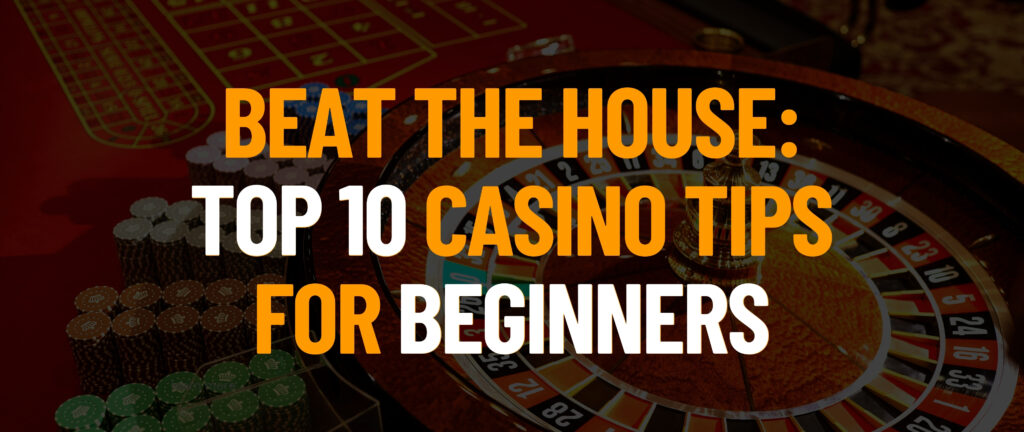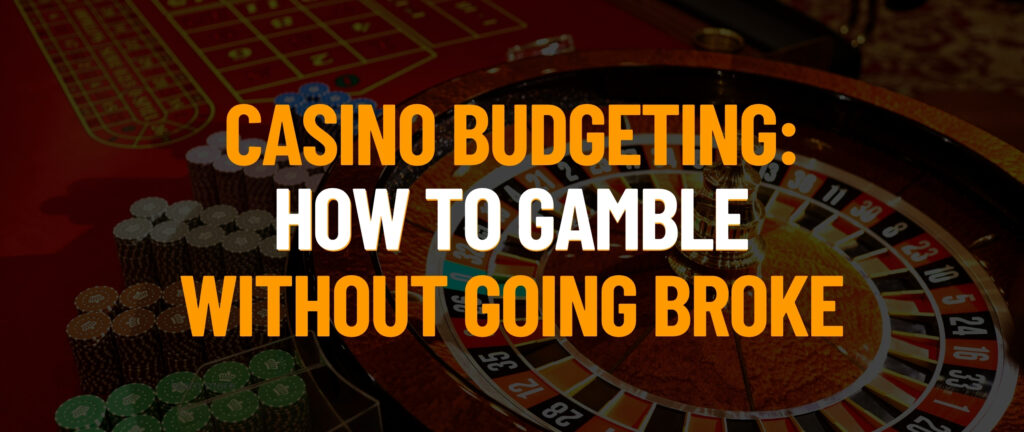There’s something undeniably thrilling about online poker—the click of chips, the tension of a big bet, and the rush of outsmarting your opponents from the comfort of your home. At the heart of this excitement lies the art of bluffing, a skill that can transform a weak hand into a winning pot. For beginners and seasoned players alike, mastering bluffing in online casinos is a game-changer. Without a physical table or face-to-face tells, online poker requires a unique approach to pull off convincing bluffs. Here’s a humanized, beginner-friendly guide to pro-level bluffing secrets that’ll help you dominate virtual tables, steal pots, and keep your opponents guessing.
Why Bluffing Matters in Online Poker
Bluffing is the act of betting or acting confidently to make opponents believe you have a stronger hand than you do, convincing them to fold. In online poker, where you can’t see body language or hear nervous chatter, bluffing relies on betting patterns, timing, and table dynamics. A well-executed bluff can win you pots you’d otherwise lose, but it’s a delicate balance bluff too often, and you’ll get caught; bluff too little, and you’re predictable. Let’s unpack the secrets pros use to bluff their way to victory in online casinos.
1. Understand the Online Poker Environment
Online poker moves faster than live games, with automated dealing and shorter decision times. You’re playing against avatars, not faces, so traditional tells like fidgeting are out. Instead, you’ll rely on digital clues like bet sizes, timing, and player tendencies.
Pro Secret: Start by playing low-stakes games (e.g., $0.01/$0.02 blinds) to get a feel for the online pace. Use the casino’s “notes” feature to track opponents’ habits—label them as “tight” (only plays strong hands) or “loose” (calls often). Tight players are easier to bluff, while loose ones may call you down, so adjust your strategy accordingly.
2. Read Digital Tells
Without physical tells, online poker pros focus on betting patterns and timing. For example, a quick bet might signal confidence, while a long pause could indicate hesitation. Players who consistently call small bets but fold to big raises are prime bluff targets.
Pro Secret: Watch how opponents bet in different situations. If someone checks quickly on a scary board (e.g., three cards to a flush), they might be weak—perfect for a bluff. Use the “auto-fold” or “auto-check” habits of some players to spot predictable patterns. Take notes during hands to build a profile of each opponent’s style.
3. Craft a Believable Story with Your Bets
A successful bluff tells a story that makes sense. Your betting should mimic how you’d play a strong hand. For example, in Texas Hold’em, if you raise pre-flop to suggest pocket aces, your post-flop bets should align with that narrative, like betting strong on an ace-high board.
Pro Secret: Make your bluff fit the board. If the flop shows coordinated cards (e.g., 9-10-J), a big bet can represent a straight or high pair. Avoid random bluffs that don’t match the community cards—opponents will notice inconsistencies. Use the chat box sparingly (if available) to reinforce your story, like a casual comment about a “big hand,” but don’t overdo it.
4. Time Your Bluffs Strategically
Timing is critical in online poker, where fast decisions amplify pressure. Pros bluff when the situation maximizes their chances of success:
- Small Pots: Opponents are less likely to call big bets in low-stakes pots.
- Late Position: Acting last (e.g., on the button) gives you more info about opponents’ actions.
- Scary Boards: Cards like aces, kings, or flush draws make folds more likely.
Pro Secret: Bluff after a “dry” flop (e.g., 2-6-10 with no draws) when it’s unlikely opponents hit strong hands. Avoid bluffing in multi-way pots with many players, as someone’s likely to call. Use the “time bank” feature wisely taking a moment before a big bet can signal strength, but don’t always delay, or it becomes a tell.
5. Keep Your Play Unpredictable
Bluffing too often makes you predictable, and savvy online players will start calling you down. Pros mix bluffs with strong hands to keep opponents off balance, creating a “balanced” style that’s hard to read.
Pro Secret: Bluff sparingly—aim for 10-15% of your hands, depending on the table. For every bluff, play several hands aggressively with strong cards. Occasionally show a bluff (e.g., reveal a weak hand after a fold) via the “show cards” option to plant doubt, but only do this rarely to maintain mystery.
6. Size Your Bets for Maximum Impact
Online poker’s speed makes bet sizing crucial. A bet that’s too small invites calls; too large risks too many chips. Pros aim for bets that pressure opponents without overcommitting.
Pro Secret: Bet 50-75% of the pot for most bluffs—big enough to look confident but not devastating if called. For example, in a $10 pot, a $6-$7.50 bet suggests strength. Against tight players, smaller bets (e.g., 40% of the pot) might work; against loose players, go bigger to force folds. Check the table’s “pot” button to ensure accurate sizing.
7. Leverage Your Table Image
Your “table image”—how opponents perceive you based on your play—is a powerful bluffing tool. If you’ve been playing tight, a sudden big bet screams strength. If you’ve been loose, opponents may call more often, so adjust accordingly.
Pro Secret: Build a tight image early by folding weak hands and betting strong ones. Then, use that reputation for a well-timed bluff. For example, after folding 10 hands in a row, a big raise on a paired board might scare opponents into folding. Track your image by noting how often opponents call or fold to your bets.
8. Manage Your Bankroll
Bluffing online is thrilling but risky—failed bluffs can eat into your funds fast. Pros always play within their means to avoid going bust, especially in the fast-paced online environment.
Pro Secret: Set a session budget (e.g., $50) and stick to it. Use the casino’s deposit limit tools to cap spending. Play stakes where you can afford 20-30 buy-ins (e.g., $1-$2 per buy-in for a $50 budget). If a bluff goes wrong and you’re called or raised, fold rather than throwing more money into a losing hand. Set win/loss limits (e.g., stop if up $25 or down $20) to stay disciplined.
9. Practice in Low-Stakes Games
Online poker’s accessibility makes it perfect for honing your bluffing skills. Pros practice relentlessly to perfect timing, bet sizing, and reading digital tells.
Pro Secret: Start with free-play or micro-stakes tables (e.g., $0.01/$0.02) to test bluffs without risking much. Experiment with scenarios like semi-bluffs (betting with a draw that could improve) or post-flop bluffs on scary boards. Use hand history tools (available on most platforms) to review your bluffs and learn from mistakes. Watch streams of pro players on platforms like Twitch to pick up advanced tricks.
Bonus Tip: Stay Cool Under Pressure
Online poker can feel intense, with quick decisions and virtual opponents. Pros stay calm to sell their bluffs and avoid tilting (playing emotionally after a loss). A relaxed mindset keeps the fun alive.
Pro Secret: Take a deep breath before big bluffs to steady yourself. If you lose a pot, step away for a minute or use the “sit out” option to reset. Treat every hand as a fresh start, and focus on enjoying the strategy, not just the outcome. A confident, composed vibe—even online—makes your bluffs more convincing.




